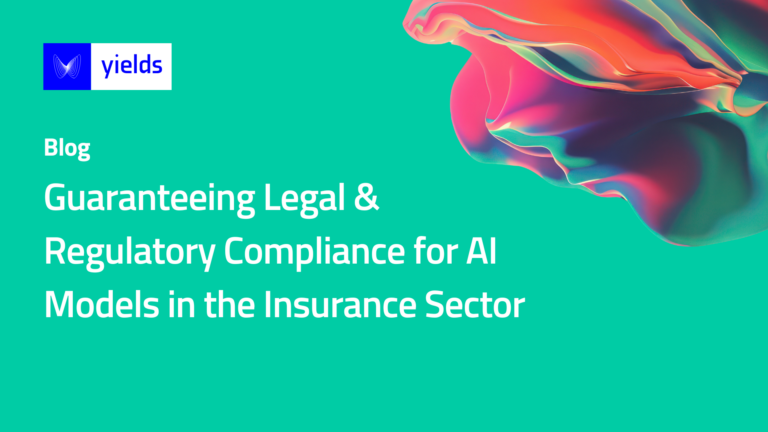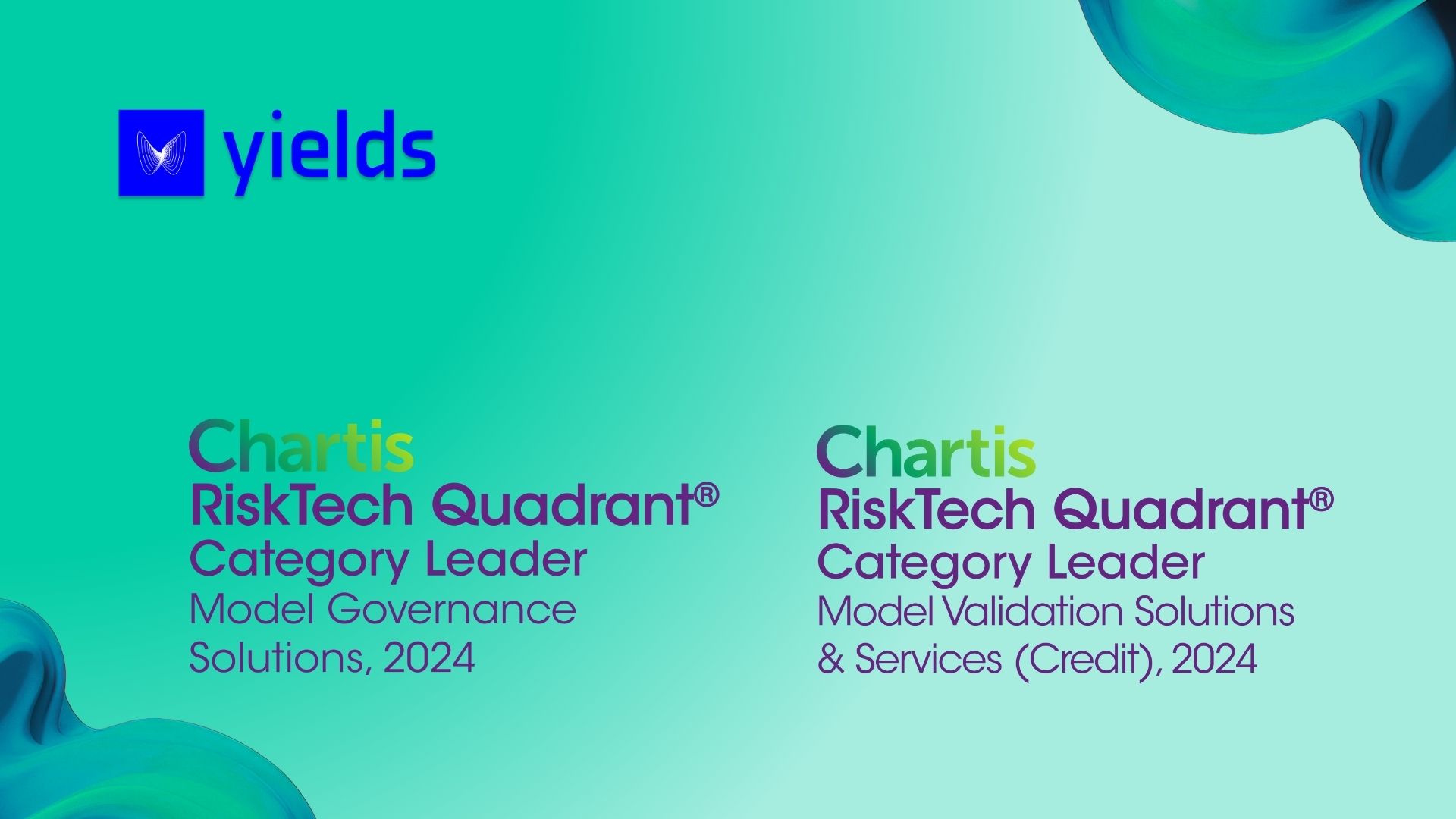The National Association of Insurance Commissioners (NAIC) recently organized a meeting with its Big data and AI working group. In that meeting they presented and discussed the results of a recent survey about the use of AI applications in the insurance sector. The survey confirmed that AI models are widely used within the sector and reveals that up to 40% of insurance companies are using third-party models.
NAIC and its working groups have been diligently striving to promote the transparent and fair utilization of AI models within insurance companies, guided by five core principles. While these principles are not legally binding, they play a crucial role in informing and establishing the overarching expectations for insurance firms, AI stakeholders, and regulatory bodies, thereby ensuring that AI models maintain the highest standards of ethics, fairness, and safety for consumers. ethical, fair and safe for their clients.
Compliant
NAIC recognizes the significance of both state-wide and federal laws, emphasizing that compliance is an ongoing commitment. It underscores the necessity for all AI systems to consistently align with local, regional, and federal laws.
Transparent
To bolster public confidence, AI stakeholders should make a commitment to safeguard the confidentiality of proprietary algorithms while also delivering comprehensive disclosure of AI systems. This information or documentation should be easy-to-understand and describe the factors that underlie predictions, recommendations, or decisions.
Secure, Safe and Robust
AI/ML algorithms employed by insurance companies are expected to be robust, secure and safe throughout their entire lifecycle. Insurance companies must uphold traceability by maintaining detailed documentation that tracks the evolution of specific models, and they should provide in-depth analysis in accordance with relevant industry best practices and regulatory requirements.
Overcoming compliance challenges with Chiron Enterprise
Ensuring regulatory compliance for insurers is a challenge, and adopting advanced solutions like Yields for Governance can be instrumental in achieving and maintaining adherence to ever-changing legal frameworks. How can Yields’ solution, Yields for Performance help you?
Capturing all information
- Each legal & regulatory requirement can be translated into
- A number of mandatory controls (either qualitative or quantitative)
- A business process or subprocess
- Controls are evidenced as metadata in the inventory – Chiron Enterprise allows you to configure the model inventory so that users are obliged to capture that information
- Workflows can be created, updated and modified by configuration only. The process execution serves as an audit trail.




